On May 12, the Central Hospital for Tropical Diseases announced that a 22-year-old male patient, NVD, had just recovered his limbs at the hospital after a serious work accident.
While operating a vertical cutting machine at a mechanical workshop, due to wearing protective gloves that were too loose, his hand was caught in the rotating shaft, causing the blade to cut off the distal knuckle of his left index finger.
Doctors said the complex injury caused the bone, blood vessels and nerves to be completely severed, leaving only a thin layer of tissue holding the finger to the hand.
Clinical examination revealed that the detached digit was devascularized, collapsed, inelastic, and pale - clear signs of gangrene.
Further tests confirmed that the finger was soft, did not snap back when pressed, and did not bleed when pricked with a needle. Without urgent intervention, the limb would not be salvageable.
Dr. Duong Manh Chien, a plastic and cosmetic surgery expert, assessed that amputation at the distal phalanx of the index finger is one of the biggest challenges in microsurgery.
Unlike the area near the hand, where the blood vessels are larger, the arteries and veins at the distal segment are very small, difficult to find, and easily blocked after anastomosis. Even in large, highly specialized hospitals, the success rate at this location is still limited.
However, with the patient being young and the injury occurring in the index finger - a finger that plays an important role in daily life and work - the doctors decided to perform emergency microsurgery with the goal of reconnecting blood vessels, nerves and fixing the bone to preserve limb function.
The surgery required absolute concentration and precision. Surgeons used microscopes that magnified dozens of times to observe arteries smaller than fat cells. Specialized sutures, thinner than a strand of hair, were used to connect the blood vessels.
Dr. Chien shared: "Microsurgery is the art of stillness. The mind must be as calm as a flat lake surface for the hands to be steady."
After several hours of surgery, the blood vessels were reconnected, the bones were fixed with pins, and the nerves were partially restored.
Due to the small size of the blood vessels and the high risk of spasm, the circulation at the fingertips after surgery is not stable, so the patient is closely monitored, with continuous circulatory support measures.
After 14 days, the patient’s index finger began to recover positively. The tip of the finger was pink again, elastic and had clear vital signs. Doctors assessed the results as positive, although the patient needed to continue physical therapy to fully recover.
From this case, doctors emphasize the importance of complying with occupational safety when operating machinery.
Workers need to use protective gear properly: gloves must fit well, without excess fabric; long hair, loose clothing or straps must also be securely fastened. When working with cutting machines, stamping machines or machines with rotating shafts, it is necessary to concentrate and strictly follow safety procedures.
If an accident occurs and a limb is severed, it must be handled properly: Wrap the severed part in clean, damp gauze, put it in a sealed nylon bag, then place this bag in a second bag containing a mixture of ice and water, avoiding direct contact of the limb with the ice.
Get the victim and limb to a hospital as soon as possible, ideally within 6 hours (or up to 24 hours if properly refrigerated).
The index finger and thumb are the two most important fingers on the hand, playing an essential role in daily life and work. Injuries to these fingers, even small ones, can cause long-term effects if not treated promptly.
The above case is not only a warning about the risks in the working environment but also shows the important role of modern medicine, especially microsurgery, in preserving limbs and improving the quality of life for patients.
Awareness of accident prevention and proactive handling when incidents occur are the keys to protecting the health and working ability of each person./.
Source: https://www.vietnamplus.vn/vi-phau-khan-cap-noi-kip-thoi-ngon-tay-tro-bi-dut-lia-cho-nam-cong-nhan-post1038018.vnp






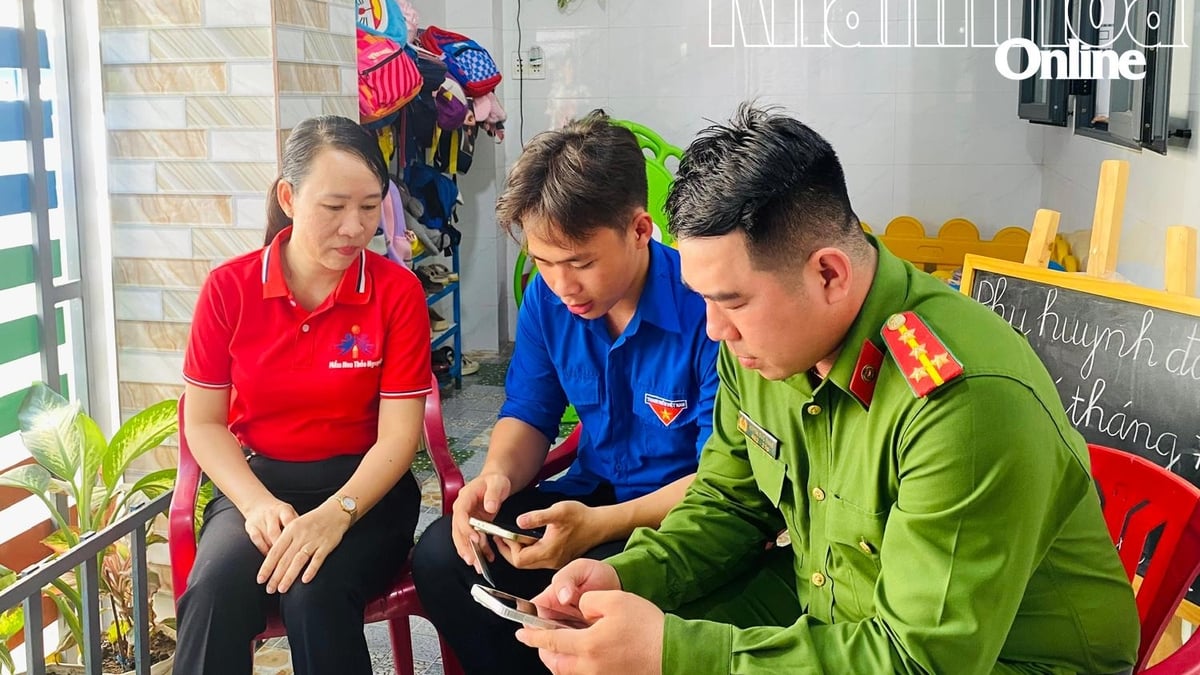



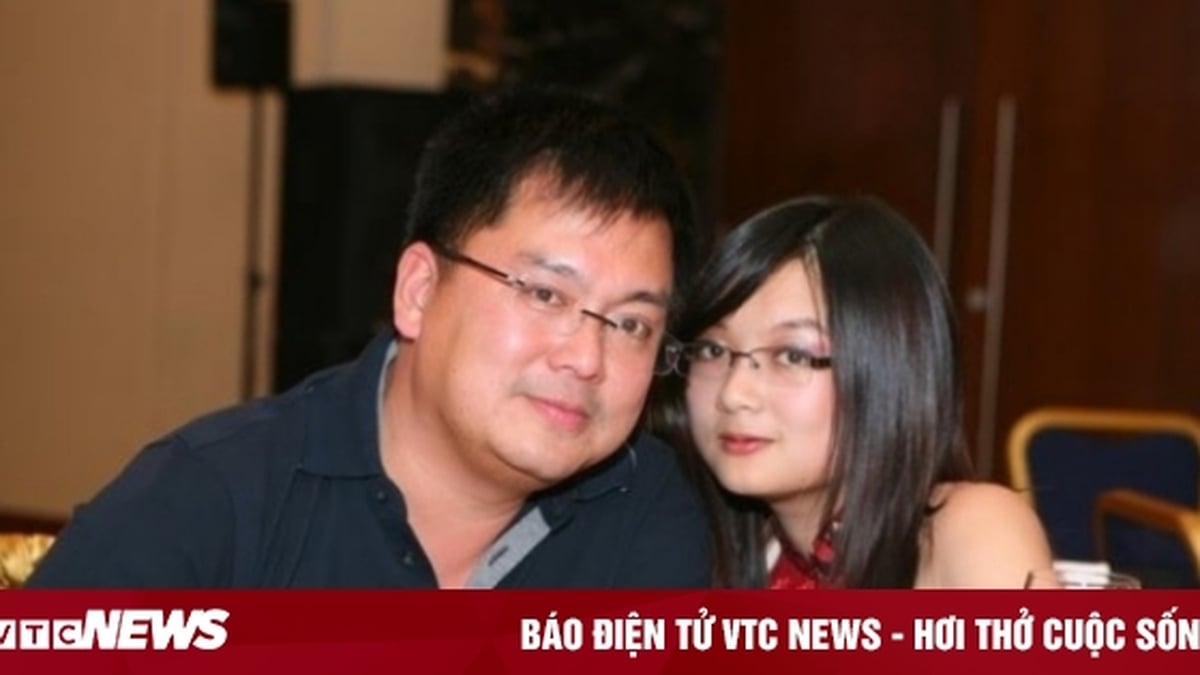








































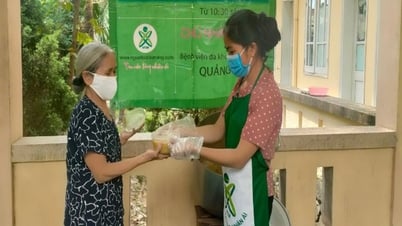
















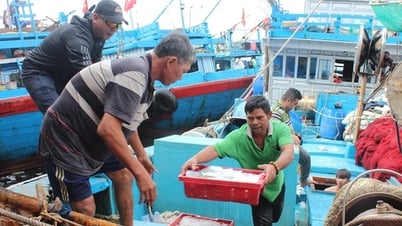
















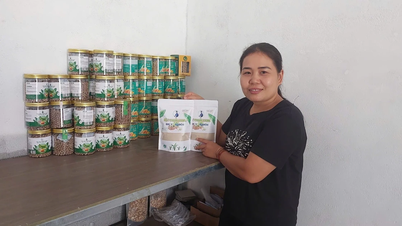

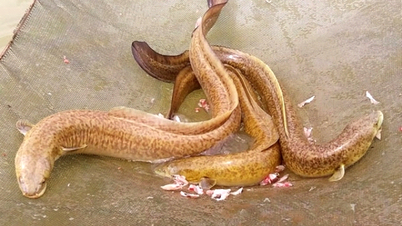












Comment (0)